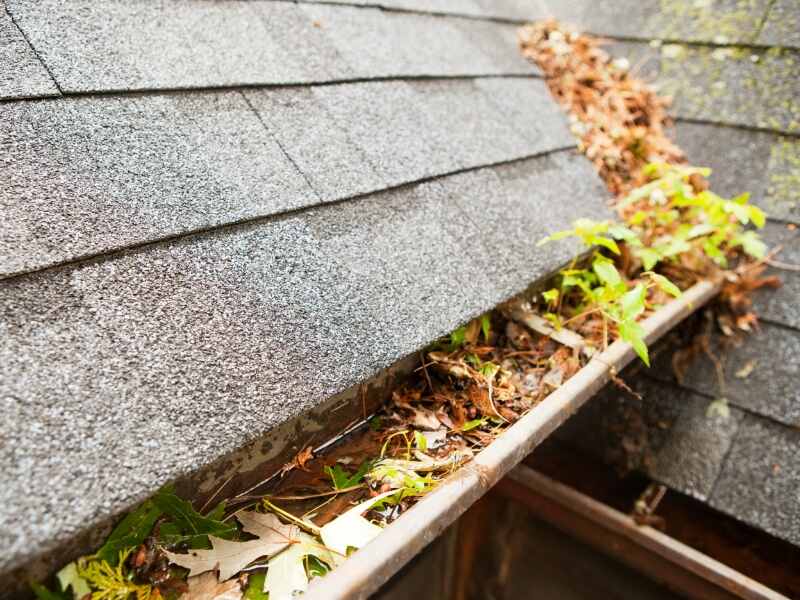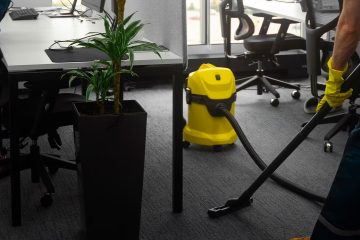Gutters are essential for directing rainwater away from a home’s foundation and protecting its structure. However, they are often subject to various issues that can compromise their effectiveness. Addressing gutter problems promptly is crucial for preventing more extensive damage and ensuring the longevity of the system. Identifying and fixing common gutter issues not only preserves the integrity of the home but also avoids costly repairs. Here are four common gutter problems and practical solutions to address them.
1. Clogged Gutters
Overflowing gutters are a common cause of water damage and are easy to fix. Debris such as leaves and twigs may build up in gutters, making it difficult for water to flow through and even overflowing. The roof, siding, and foundation might become wet from the overflow, and pests like mosquitoes could find a good place to nest. Preventing blockages requires regular cleaning, but restoring normal operation requires removing debris when it builds.
To fix clogged gutters, start by safely using a ladder to access the gutters. Remove any visible debris by hand or with a scoop, placing it in a bucket to avoid scattering it around the property. After removing the bulk of the debris, flush the gutters with a garden hose to clear out any remaining smaller particles. For long-term solutions, consider installing gutter guards to reduce the frequency of clogs. Regular maintenance and debris removal will help ensure that the gutters remain clear and functional.
2. Leaking Joints
Leaking joints occur where sections of gutters are connected, often due to damaged seals or improper installation. Water can seep through these joints, causing leaks that may result in damage to the roof, siding, or foundation. Over time, these leaks can lead to more significant structural issues, including mold growth and wood rot. Addressing leaking joints promptly is essential to prevent further water damage and maintain the integrity of the gutter system.
To repair leaking joints, first, identify the location of the leak by inspecting the gutters and observing where water is escaping. Clean the area around the joint to ensure that it is free of debris and dirt. Apply a high-quality gutter sealant or silicone caulk to the joint, making sure to cover the entire area where the leak is occurring. Allow the sealant to cure according to the manufacturer’s instructions before testing the repair with a gentle water flow. For persistent leaks, replacing the affected section of the gutter or consulting a professional may be necessary.
3. Sagging Gutters
Sagging gutters can lead to significant issues if not addressed promptly, as they may cause water to overflow and damage your home’s exterior. To fix this problem, it’s important first to identify the cause, which often includes inadequate support brackets or the accumulation of debris. A reliable gutter company can provide the necessary expertise to assess and correct the issue, ensuring that the gutters are properly reattached and supported. Regular maintenance and timely repairs by professionals can prevent future sagging and maintain the functionality of your gutters. Addressing sagging gutters promptly helps protect your home from water damage and extends the lifespan of your gutter system.
4. Rust and Corrosion
Rust and corrosion are common issues for metal gutters, particularly those made from aluminum or steel. Over time, exposure to moisture and environmental elements can cause metal gutters to deteriorate, leading to rust spots and holes. Rust can weaken the structure of the gutters, causing leaks and reducing their overall effectiveness. Addressing rust and corrosion promptly is essential to extend the life of the gutters and prevent further damage.
To address rust and corrosion, start by inspecting the gutters for any signs of rust or corrosion. Use a wire brush or sandpaper to remove the rust from the affected areas, ensuring that the surface is clean and smooth. Apply a rust-inhibiting primer to the cleaned areas to prevent further rusting, followed by a rust-resistant paint that matches the existing gutter color. For extensive rust damage, replacing the affected sections of the gutter may be necessary. Regular inspections and maintenance will help prevent rust and ensure that the gutters remain in good condition.
Conclusion
Maintaining a functional gutter system is essential for protecting a home from water damage and ensuring the longevity of the structure. By addressing common gutter problems such as clogs, leaking joints, sagging gutters, and rust, homeowners can prevent more severe issues and maintain the effectiveness of their gutter system. Regular inspections, timely repairs, and proactive maintenance are key to keeping gutters in optimal condition. Taking these steps will not only enhance the functionality of the gutters but also safeguard the home against potential water-related damage and costly repairs.




